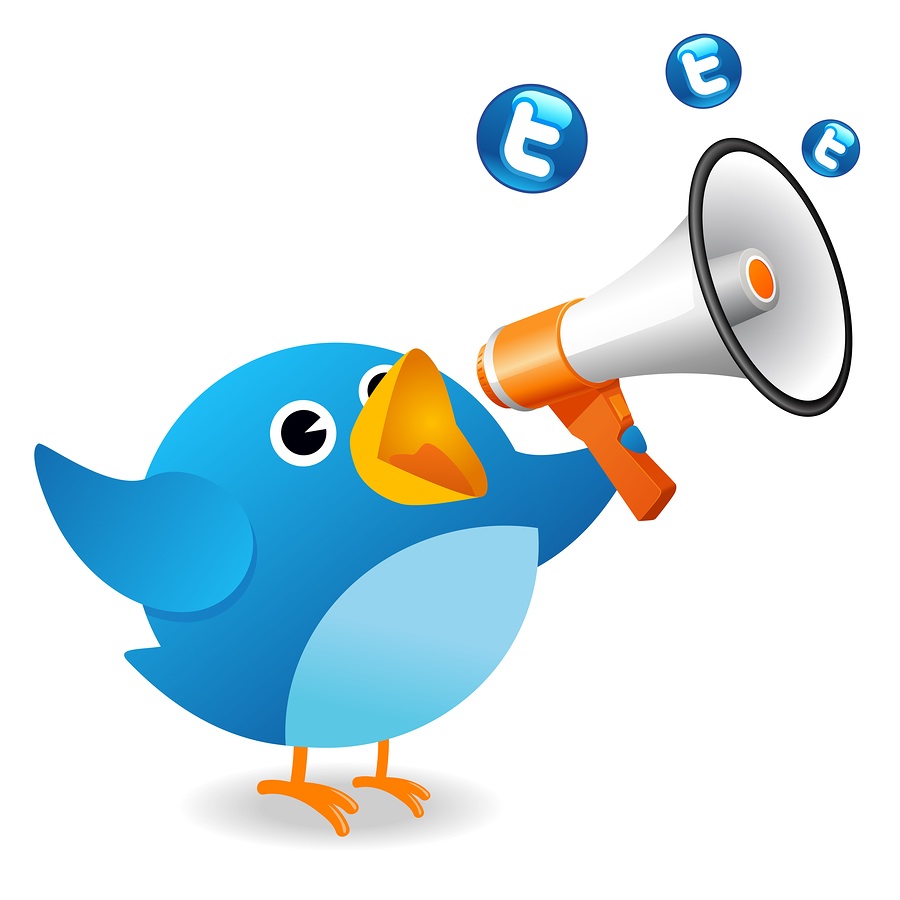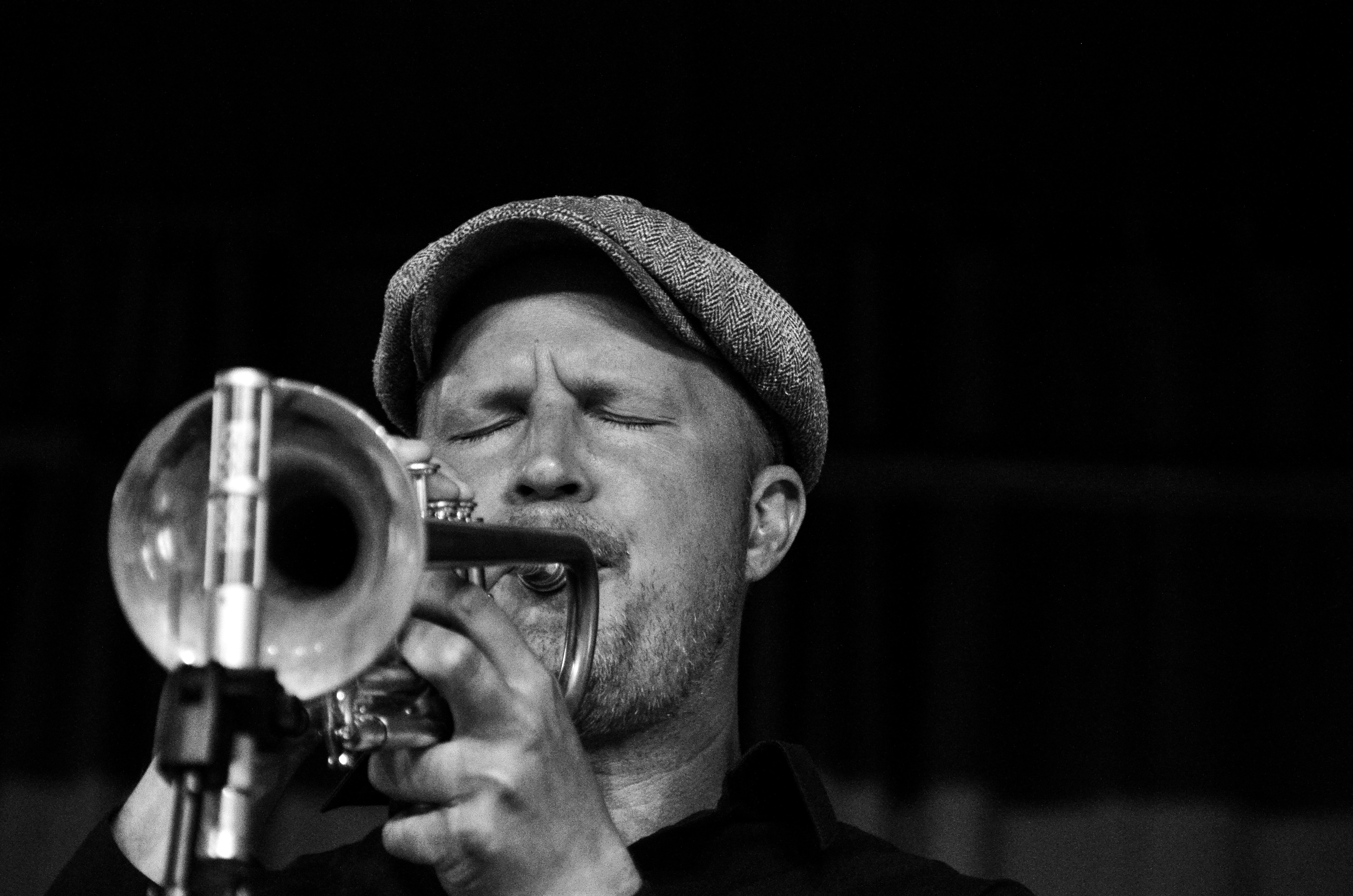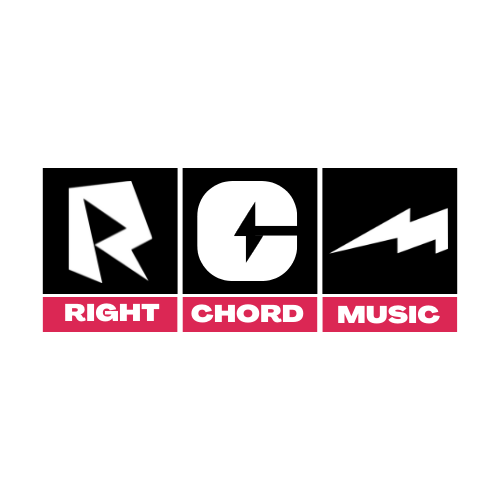Twitter is hard work, and that’s borne out by the stats. 40% of users don’t publish anything, 25% have no followers and only 5% of Twitter users are followed by more than 50 people. So it’s clear that for the majority of people Twitter is something that seems like a good idea but never becomes anything more. So why do so many people fail with Twitter?
Here is my theory… The majority of people sign-up without first thinking how they are going to use it, and what they want to achieve by using it.
Who’s your audience? If you are Lady GaGa, Twitter is clearly a great way to connect with your 11m fans and also a great way for fans to connect with each other. But let’s face it if you are a new band or artist just starting out, it may make more sense to view the ‘fan’ audience as a secondary Twitter audience.
Twitter users are most likely to be found in big cities with a big skew towards the creative and media industries. With this in mind it seems logical to focus your efforts on the music industry as your primary audience. If you get them onboard, they can provide the exposure you need to then attract fans. (Bloggers, Journalists, Radio Stations, Promoters, Booking Agents, Labels & Publishers) There are easily enough here to keep you busy for a while.
By having a clearly defined audience you will also hopefully avoid the temptation to link your Twitter Feed to your Facebook Wall. This seems like a great solution for people that sign up to Twitter but then don’t know what to write, or who they are writing for.
Linking accounts is a terrible idea. Keep them separate. Facebook is primarily about connecting with fans, and Twitter is primarily about connecting with the music industry. By making this simple distinction you now have a clear strategy and focus to your communication.
Getting the basics right Having decided what and how you are going to use Twitter, the next step is to sign up and write a profile. Here are a couple of obvious, but practical tips. Firstly avoid looking like a spammer, nobody will want to speak to you if you don’t add a photo. Use your bio to introduce your band or your music, include a URL and most importantly make sure the link includes the http:// part so visitors can click on an active link. If they have to copy and paste a link to get to your website, they won’t!
Who to follow Start by drawing up a short list of the bands & artists that have a similar sound to you that you admire, then click through their friends to see who is following them and who they follow. If you have a similar sound, these people may also be interested in you.
Next draw up a list of key magazines, radio stations, music blogs and repeat the exercise. Finally use Follower Wonk (Yes this is a real name) to expand your hit list.
Follower Wonk is a website which allows you to search the bio’s of Twitter users (Twitter search is limited to just names) this allows you to quickly identify the names and Twitter names of just about anyone that works in your key areas of focus…For example find anyone that mentions the words ‘Radio DJ’ in their Twitter biography.
Finally just don’t look desperate or plead for Followers it doesn’t look good, and won’t do you any favours!
Understanding Influence There are an increasing number of services, which allow you to understand social media influence. One of the best is Klout which rates the social influence of all Twitter users, allowing you to quickly understand just how powerful that ReTweet really was. Another useful service to track your own Twitter mentions is Twilert set up email alerts to ensure you never miss a thing.
What to say Some people have a gift for writing and some people really don’t! So if you are in a band, have a think about which member is most likely to entertain people and write compelling Tweets. One good way to approach the task of writing Tweets is to think of each update as a newspaper headline. IE What is the most compelling and intriguing thing you can write to engage with your audience? It sounds obvious but video content is far more interesting that text only Tweets. Consider what it is your followers actually want to hear, read or see, and avoid only writing about you, nobody likes a Twitter bore! As a rule of thumb limit promotion Tweets to one in every four updates.
Another great piece of advice is to ‘Think Drunk but Tweet Sober’ but never the other way around! What this really means is to think creatively but ensure you don’t harm your brand image by posting libellous or Tweets strewn with errors. Everyone thinks they are a comedy genius when they are drunk, the sad reality is you are not!
How to get Retweets: According to research by HubSpot here are five proven ways to maximise your chances of getting your messages ReTweeted.
1. Tweet Links
2. Ask for ReTweets
3. Stop talking about yourself
4. Say new things ‘New’ is the subject area most likely to be Rewteeted
5. Tweet about Twitter
When to say it Twitter is about two way conversation and interaction, so look for opportunities to join conversations, and write Tweets that provide other people with a reason to join yours.TweetDeck also allows you to automate when you send your Tweets out. So if you are on Tour or just have limited Internet access, you can programme Tweets to still go out in your absence.











